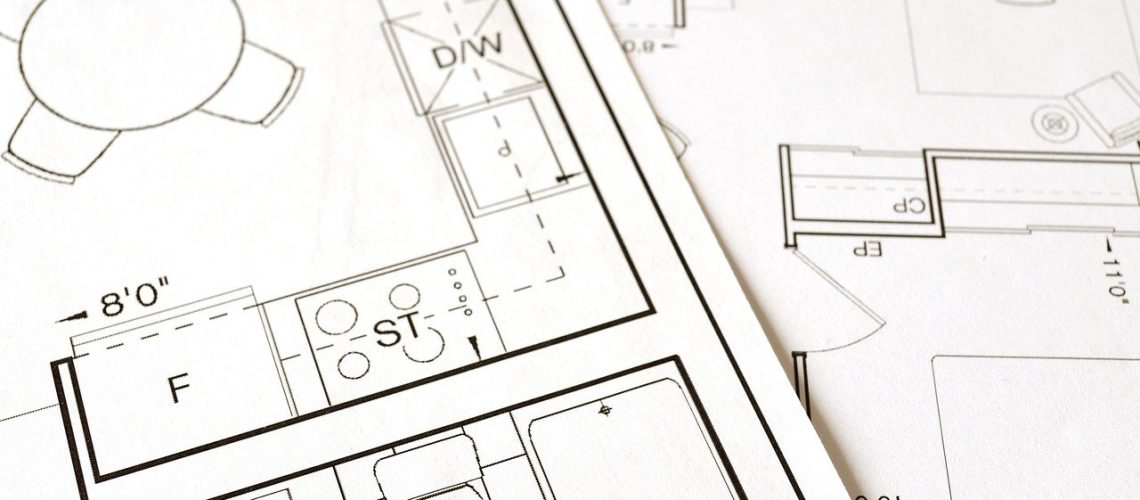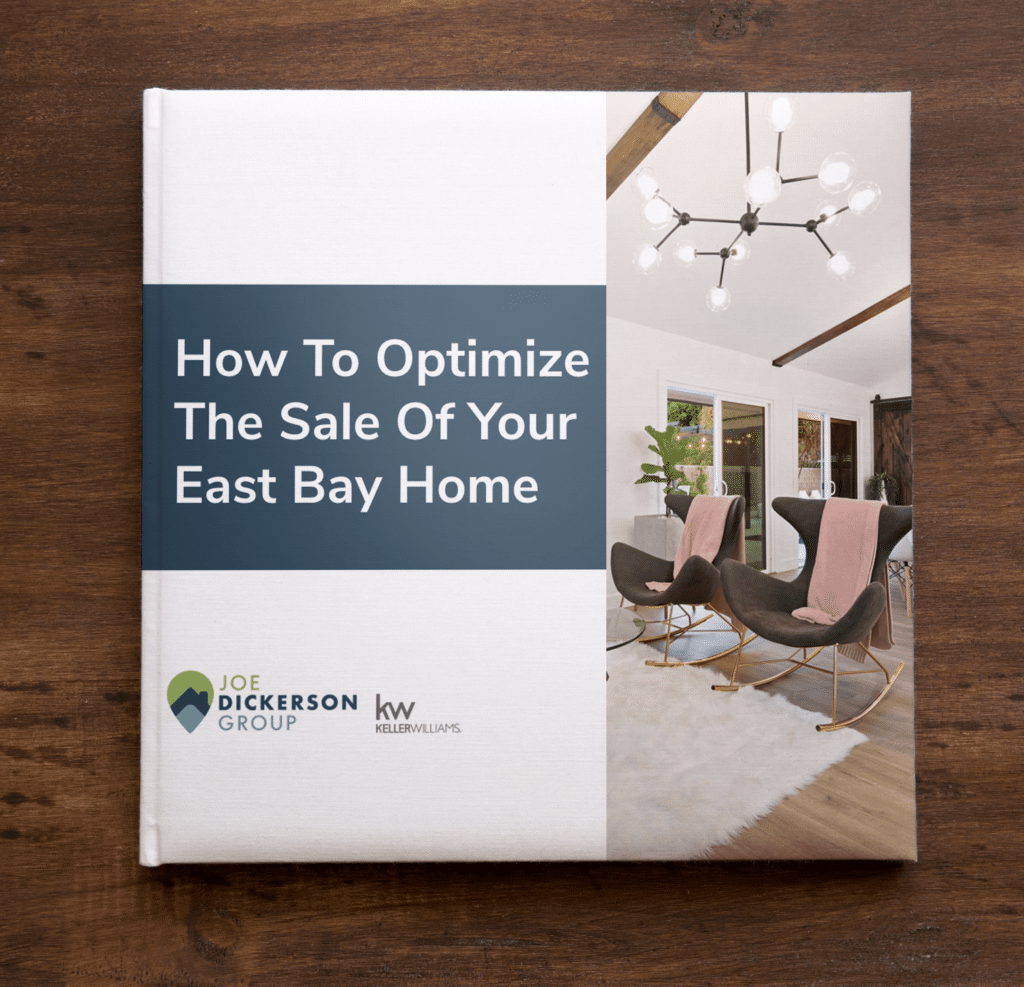We have a passion for helping people build wealth through real estate. One recent way we accomplished this was by partnering with a homeowner to fully renovate their property to maximize the sales price when selling. Essentially, it was a fix-and-flip.
In this blog, we’re going to walk through what exactly is a fix-and-flip and outline a process to make them more successful. We’ll cover how to find and analyze a property, steps to take before getting started, and some common pitfalls to avoid.
What Is A Flip
So first, what is a fix-and-flip. Flipping a property essentially means purchasing the property with the intent of selling it for a profit in a relatively short amount of time. Most often, it involves renovating or improving the property while you own it, though it doesn’t have to. The purpose is profit. And with investments where you’re putting in hundreds of thousands of dollars, it’s fair to expect a profit in line with the risk. Everyone’s risk tolerance is going to be different, so there isn’t a set amount of profit or return on investment to aim for. We’ll get into more of the numbers in future blogs so you can determine what is right and realistic for you.
How To Find And Analyze A Property
Before you can flip a house, you need to identify a property to flip. We’ve seen properties come from a variety of sources: friends and family, sending out mailers, those ‘we buy ugly houses’ signs tacked up everywhere, as well as the MLS, or the multiple listing service. The first thing we do with a house that looks like a good contender is to roughly estimate how much it will cost to acquire the house, how much work is needed, and what it could sell for after renovations are complete.
It comes down to a simple math problem. You take the final sale price, or the amount you expect to sell the property for after you make all the repairs, subtract out the purchase price, which is the amount you’re buying the property for now, subtract out the cost of the renovations you’re going to do, and that gives you your projected profit. If that profit number is enticing enough to take on the project, then it’s probably worth a closer look.
For example, let’s say you buy a property for 600,000 dollars and expect to put 200,000 of renovations into it. Based on market comps, you think you can sell it for 1 million dollars after the renovations are done. To figure out your profit, you would take the 1 million dollar sale price, subtract out 600,000 dollars for the purchase price, then subtract out 200,000 dollars for the renovations, and you’d have 200,000 in potential profit.
One of the biggest question marks in this equation is the renovation costs. In order to get that number as close as possible to the actual number, you’ll need to walk through with a contractor to get a more precise idea of what the costs will be to complete the renovation. You’ll also need to factor in purchasing costs, holding costs, and selling costs.
These are often overlooked by inexperienced flippers, so don’t fall into that trap.
Your purchasing costs are essentially your closing costs during the buying process. These often include title and escrow fees, loan origination fees, and city transfer taxes, among others. Holding costs are what it sounds like. It’s how much it costs you to own the property. These expenses include property taxes, mortgage payments, if any, as well as insurance and utility costs. Calculating holding costs accurately requires a good idea of how long the renovations will take, plus the time it takes to market and sell the property. Depending on the scope of renovations, this holding period can last between three months to about a year.
So in other words, if your renovations take 3 months to complete, be sure to factor in at least 3 months of mortgage payments, taxes, insurance, and utility costs, plus additional time once the property is listed that you might be holding the property while you find a buyer. And lastly, you have the selling costs. These are closing costs you incur as a seller, which often include real estate brokerage commissions as well as city and county transfer taxes.
The final piece in firming up our numbers is accurately defining a sales price. This is often done by the real estate agent who will ultimately be listing the property for sale. Having these numbers be as accurate as possible is key to a successful flip. And now that we have the numbers together, we can move on to everything else to be considered ideally PRIOR to your purchase.
Steps To Take Before Getting Started
These things vary from project to project, but essentially you want to reduce the risk of surprise by fully investigating everything you can about the property. This includes the property’s current condition to make sure you’re budgeting for all the necessary repairs, even those that may not be visibly obvious like the condition of the plumbing and electrical systems. We generally suggest performing a general home inspection and a wood destroying pests and organisms inspection to give a more thorough picture of the property’s condition.
Additionally, you’ll want to confirm that the local jurisdiction will allow you to perform the renovations you want to perform. You may learn, for example, that zoning requirements don’t let you build the addition you were planning on building. And not having that addition with likely substantially impact your sales price and change your numbers. One of the best things we did on our recent flip was to hire a designer. The design team worked with the city to make sure we could do what we wanted to do, as well as made crowd-pleasing design choices to maximize our sales price.
Potential Pitfalls
Now that we’ve talked about how to find and analyze a potential fix-and-flip, as well as some things to consider to set your flip up for success, let’s talk about potential pitfalls. We’ve all seen those fix-and-flip shows where things inevitably go wrong. In real life flips, surprises happen all the time, but thankfully, there are ways to prepare for and mitigate potential pitfalls. The most common pitfall is not having contingency funds. Going over budget happens. You may open up a wall to find mold that needs to be remediated, or discover large amounts of rot in the framing. Building extra funds into your plan to deal with problems like these is incredibly wise. One rule of thumb we see fairly often is to add 20 percent to your renovation budget for unexpected overages.
Another avoidable pitfall is hiring an unvetted contractor. You want to end up with someone who will finish the job as close to on budget and on schedule as possible. Call some past clients to confirm your contractor is likely to perform. And the last avoidable pitfall has to do with overestimating how much the property will be worth when you’re done. Sometimes we get caught in a mindset that everything will be just great and we fail to notice what impact the liquor store nextdoor will have on value. Or the tiny lot, or proximity to a water treatment facility. Be sure to factor these negative conditions in with the positive when you’re making your after renovation valuation.
Ok, so at a high-level, we’ve discussed how to find and analyze a fix-and-flip, steps to take before getting started, and some common pitfalls to avoid. Do you have any other creative ways to find flippable properties? Any pitfalls that you’ve run into personally that you’d like to share? Contacts us and let us know. We’d love to hear from you!



